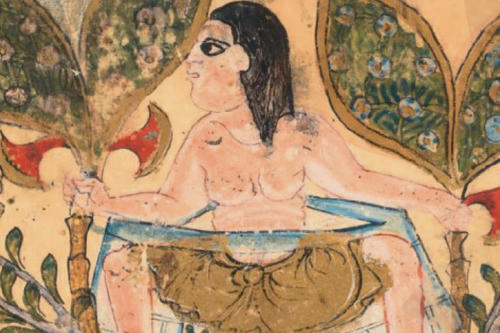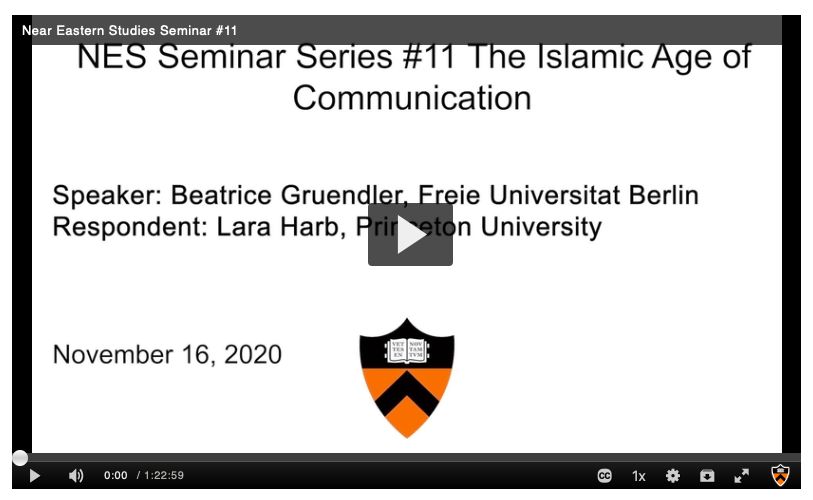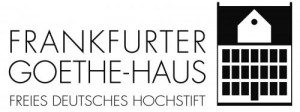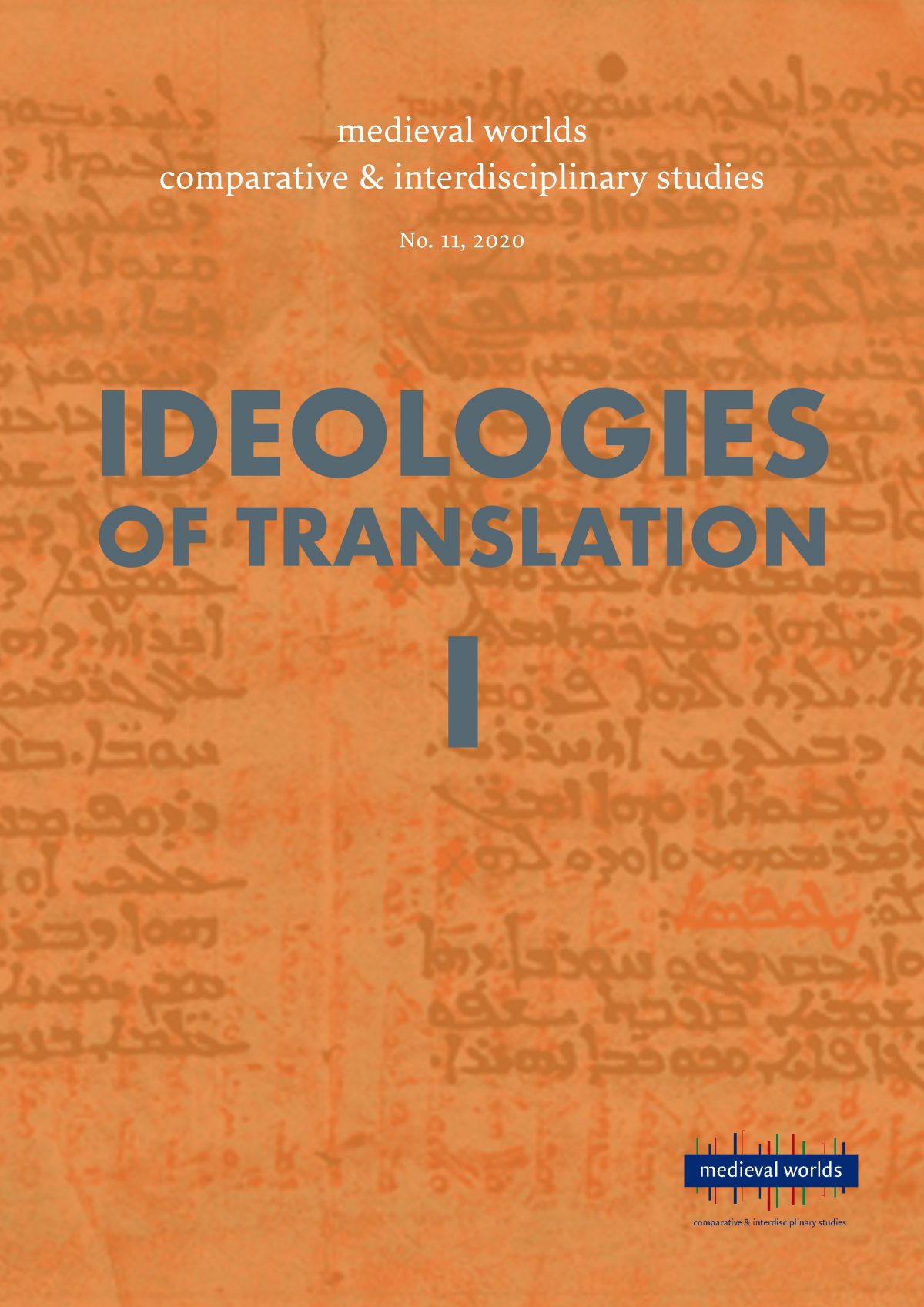Abstract, Beatrice Gründler, Arabistik: Between Hand and Eye: Moving with Arabic Manuscripts
Without digital copies of manuscripts, the study of Arabic literature (spanning from 590 CE to today, with first written specimens dating to the 7th century) would be well-nigh impossible. An estimated million of Arabic manuscripts is scattered across the globe, and accessing these physically is often cumbersome, if not impossible. The ease and convenience of looking close up at their digital images has propelled the speed of research.
A further option comes with the transformation often text and images into bites and bits, which makes it feasible to handle massive textual traditions. In the case of the fable collection Kalīla and Dimna, with over one hundred diverging versions, a combined digital and narratological analysis has opened up new avenues of comparative analysis, both quantitative and qualitative.
It is true that the artifacts themselves are thereby one step removed. The thickness of the page, the treatment of its surface, watermarks, or small punctures in images made in the process of transferring them, all remain literally out of touch. The corrosion or bleeding though of ink and wormholes (that can be confused with the dots of the Arabic script) make parts of a text illegible, but it can still be deciphered, when examining a folio with hand and eye.
The advantage of media, however, is their complementarity, and both electronic and haptic inspection together help unlock what might be termed the “processual” nature of Arabic manuscripts. We get the wrong impression when looking at an Arabic manuscript as a fixed object. It rather compares to a river in steady motion, whose sediment gathers at the ground. Once lodged in a research library, a manuscript freezes in its motion, its text having gone through a process of combined oral and written transmission (changing more or less depending on the text type) and bearing the subsequent traces of its use, from the copyist’s incipit, transmission statement, and colophon, the collator’s marks, readers glosses, and owners inscriptions to sundry paratexts from recipes to calculations and doodles. In one puzzling case, the last thirty pages of a literary manuscript are filled with popular stories in dialect, scribbled by as many different hands. The edges of Arabic manuscripts have moved into focus, and it is precisely the rethinking process triggered by the new digital medium that makes us more aware of the materiality of the object on the other side of the screen.
Summary and Discussion
The presentation, another on Aristotle’s De Interpretatione by Michael Kerwet and Philip Hegel and their joint discussion showed that the increasing digitization of both Greek and Arabic manuscripts has led to a more comprehensive approach to specimens, giving more weight to their paratexts, and leading to a greater awareness of the process of a manuscripts change in the hands of subsequent users. In Arabic manuscripts in particular, comparative analytical approaches provide an in-depth understanding of massive textual traditions. While lacking the haptic dimension and hiding certain physical properties of manuscripts, digitization has shifted (in a dialogical process with autopsy) researchers’ focus from manuscripts as simple containers of an ancient text to documents of literary and social history in their own right.






